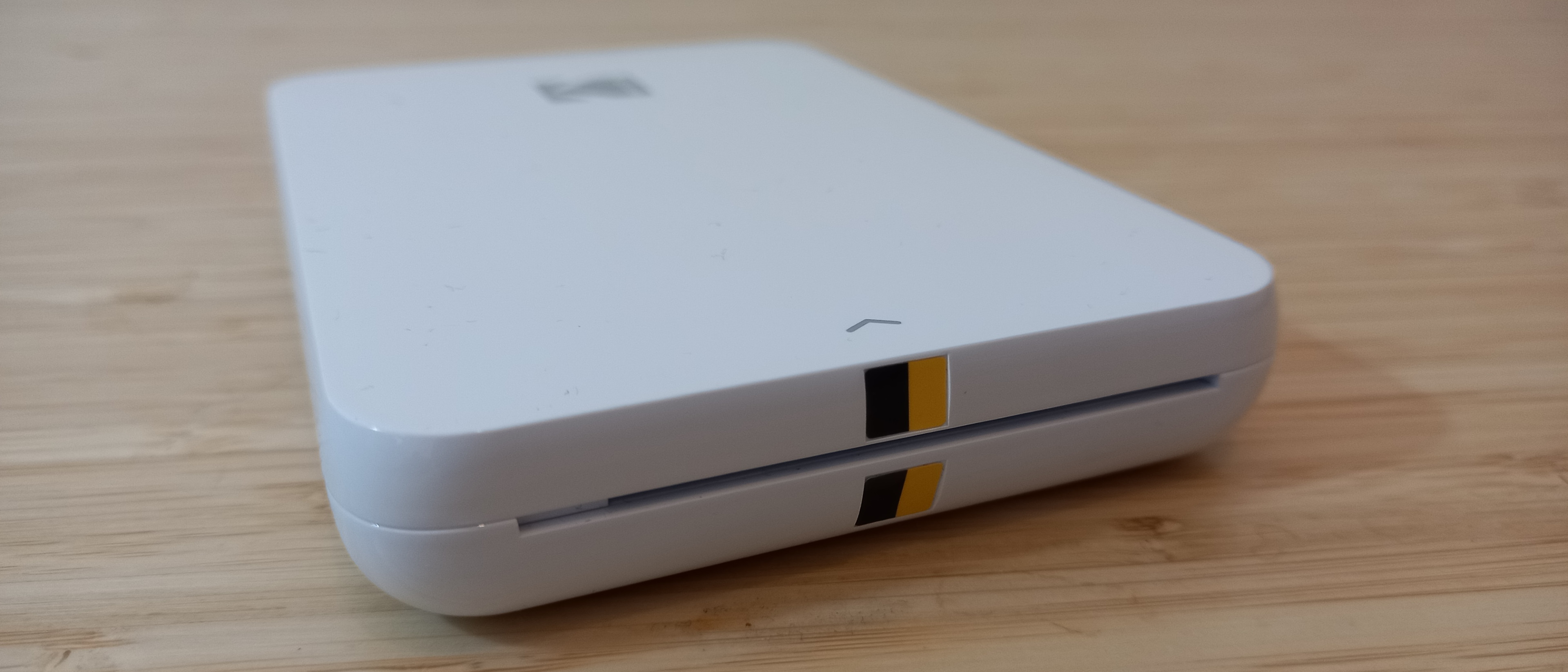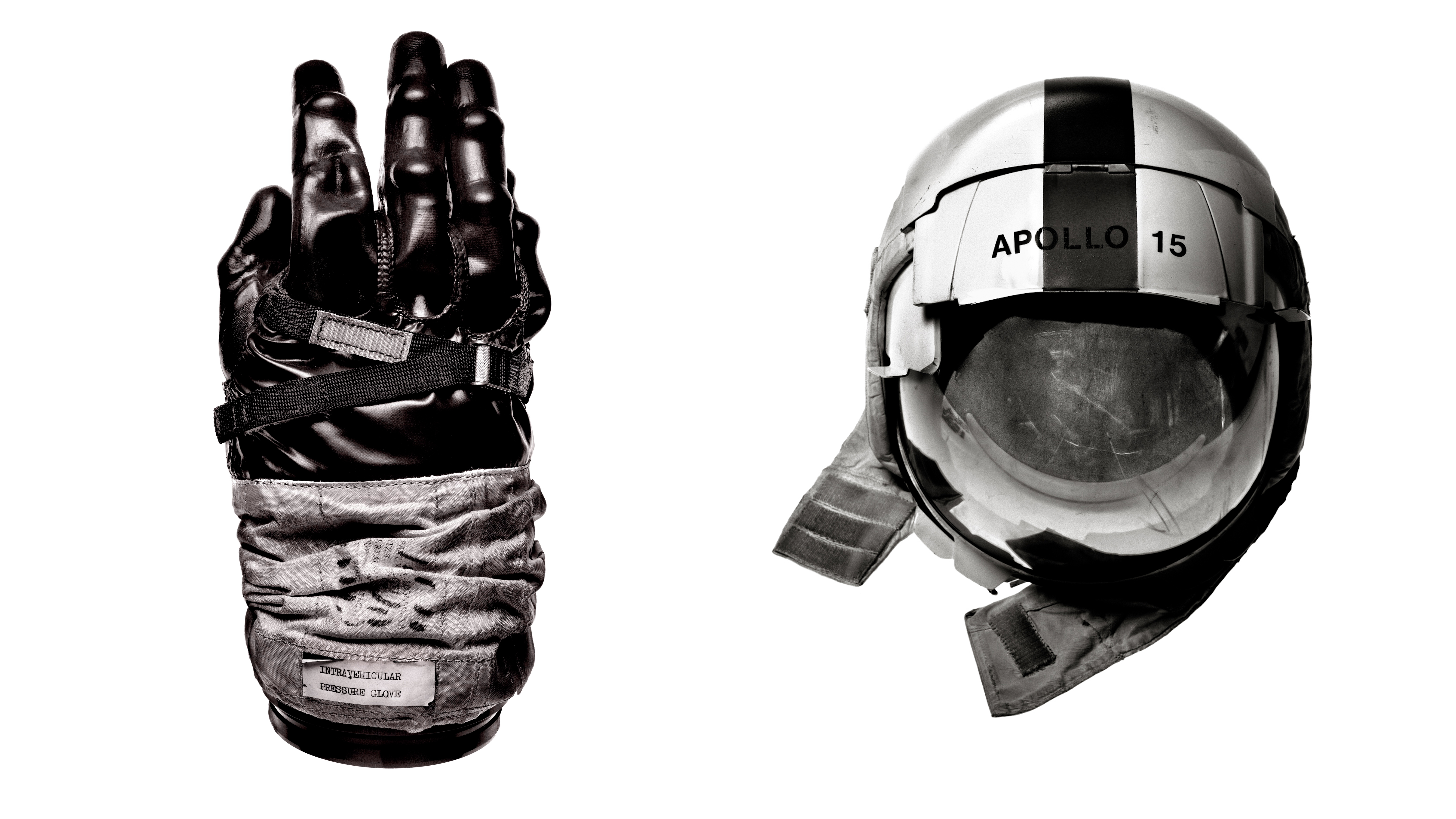Digital Camera World Verdict
If you want to print 2 x 3 inch photos from your smartphone, wherever you may be, then this small, light, battery-powered device makes it cheap and easy to do so. It uses Zink paper, which means you don't have to add ink, but on the downside this means the picture quality isn't the best. Still, if you just want to hand out mementos at a social event, it's still a good choice, and it would make a fun gift for kids too. Note that you can't use it to print from a laptop, Chromebook or USB stick, though.
Pros
- +
Affordable price
- +
Fun to use
- +
Truly portable
- +
No ink spillages
- +
Relatively cheap to run
Cons
- -
Only prints from phones
- -
Prints are tiny
- -
Print quality not amazing
Why you can trust Digital Camera World
The Kodak Step Slim printer is a very specific device, for a very specific audience. It's not dissimilar in size to a mobile phone, albeit with a squarer shape. It runs off a rechargeable battery, so you can use it pretty much anywhere. It uses Zink (as in 'zero ink') paper, which is embedded with special color crystals, so you don't need to load it with a separate ink cartridge. And it allows you to generate small (2 x 3 inch) prints of the photos on your smartphone or social media accounts, via a free app.
In other words, this is a pocket-sized portable printer you could bring to a wedding, party, festival or any other event, and use to print out pictures you've just taken, as a nice gift for others. A bit like the Polaroid cameras of old then, only it doesn't contain the camera bit, only the printer bit, and the prints are much smaller.
In all honesty, we don't know how useful the average person would find this, but it seems to be selling, so some people must like the idea. If you're among them, read on, and we'll explain what it's like to use in practice, and what the prints actually look like.
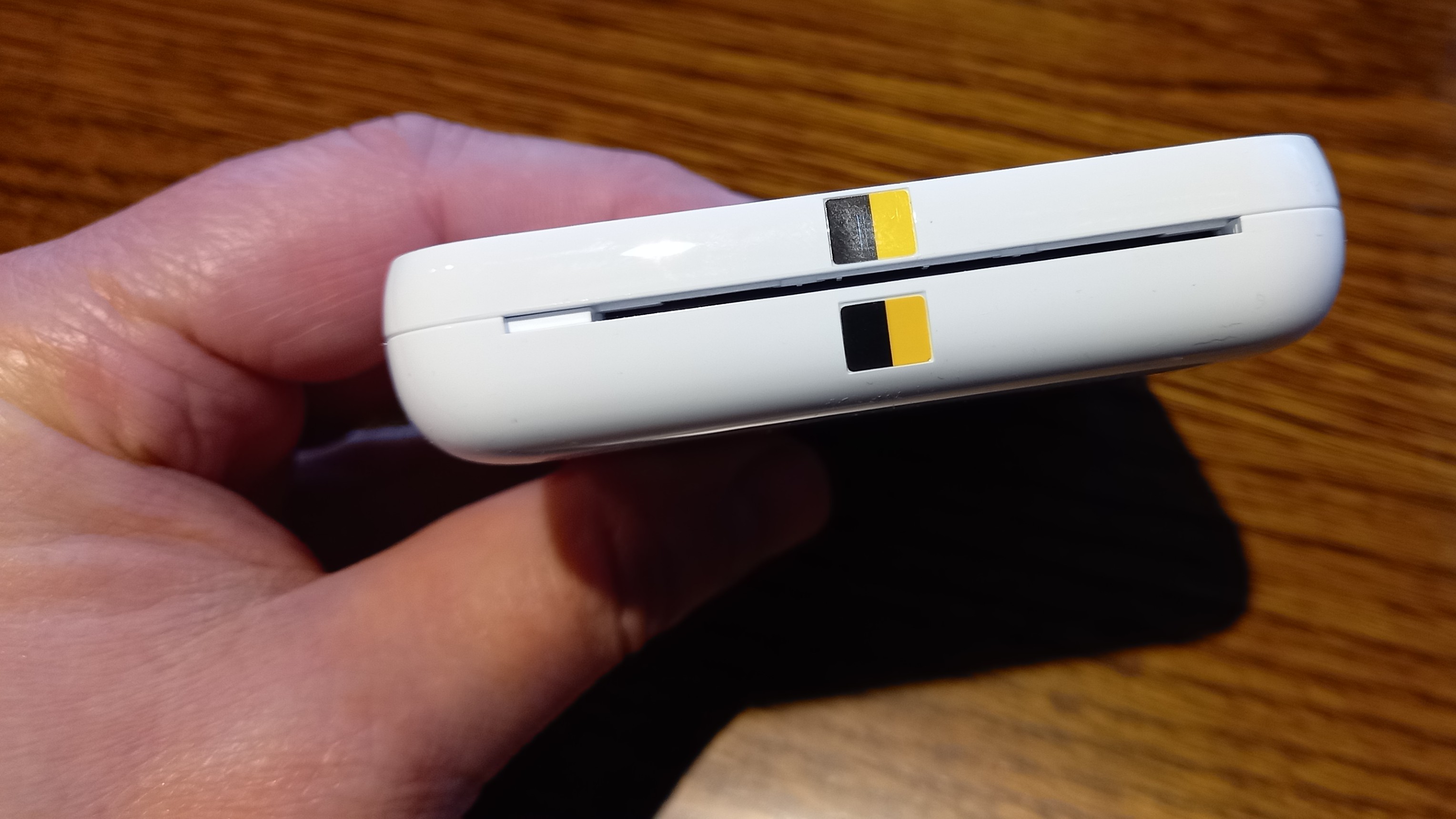
Kodak Step Slim: Specifications
Paper type: Zink
Print size: 2 × 3 inches
Connectivity: Bluetooth
Dimensions: 0.9 x 3.3 x 4.9 inches / 22.9 x 82.6 x 124.5mm
Weight: 8.4 oz / 40g
Battery: Rechargeable lithium metal battery; 25 prints on one charge
Compatibility: iOS/Android
Kodak Step Slim: Key features
The Kodak Step Slim is pretty limited in what it can do, although that can be seen as a positive, as it makes the device simple to understand and use.
Specifically, you can only print from your smartphone via Bluetooth. There's no option for a wired connection, and nor can you connect up a laptop, Chromebook, USB stick or SD card.
You can, however, print photos from your gallery or social media accounts via the free iOS or Android app, in just a few clicks. Note, though, that if your photos are in a 4:3 ratio you'll first have to crop them to fill the 3:2 size of the paper; you have the option to do this within the app.
Furthermore, if you want to tweak your image further, there are a number of adjustment tools and filters you can play with within the app, as well as adding borders, graphics, and text to your images. These aren't exactly the most sophisticated, but they do the job well enough.
Kodak Step Slim: Setup
Setting up the printer is pretty easy. First you plug in the supplied micro USB charger and charge the battery (there's a light that shows when it's ready). Then you need to load the Zink paper, which comes in packs of 20.
To insert it, you first have to separate the two halves of the printer, which I found a bit tricky. You really have to give it some force, which makes you feel like you're about to break it. But once you've done it a few times, you soon get used to it.
Once the paper's inside the device, you have to wait for it to spit out the blue card at the bottom, which is used for color calibration. Finally, when you want to print, you need to download the Canon Selphy app to your phone. In general, this is a pretty well organised and easy-to-use app.
Unfortunately, the first time I downloaded it, I simply couldn't get the app to connect my Android phone to the device, even though my phone's Bluetooth widget said it was there. Tech support gave me a load of things to try, none of which worked.
Eventually I walked away, came back a few weeks later, performed a suggested firmware update, and then everything started functioning normally. None of this was necessarily Kodak's fault: it could have been a problem with my phone or the Wi-Fi network. But I share this as a cautionary tale nonetheless.
Kodak Step Slim: Performance
In my tests, the Kodak Step Slim printer functioned well, consistently producing prints within around 40-50 seconds, with a little bit of whirring, but nothing too noisy or distracting. But the key question is: do the prints look any good?
The short answer is no. Well at least not when compared with a normal inkjet printer (the type that make the best photo printers in general), or even the inferior-quality dye sublimation printers (a technology often used in the best portable printers).
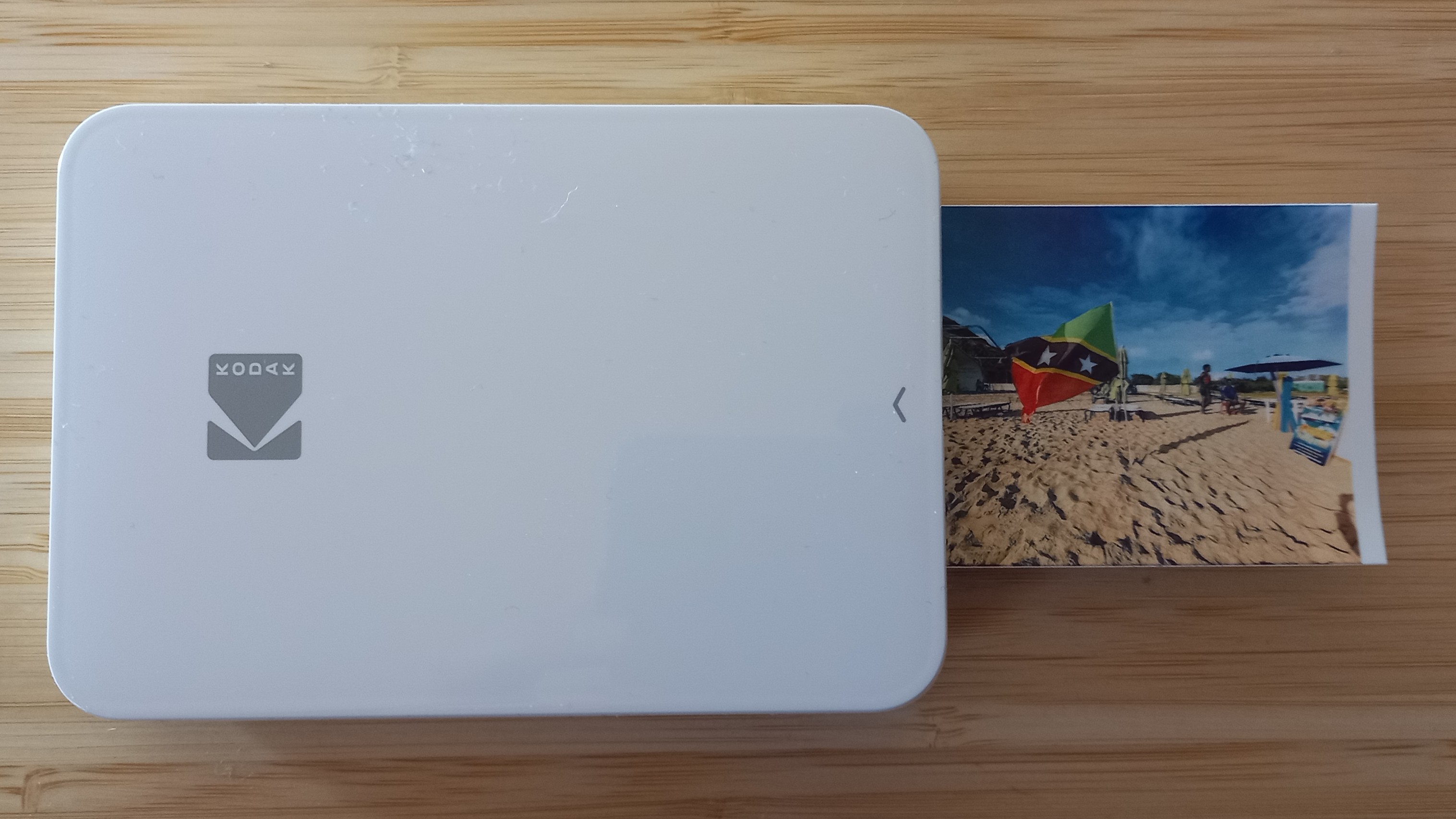
Zink printers, in comparison, offer lower-grade results, and that's definitely the case here. So you certainly wouldn't want to use this for professional work, or even photos of family and friends that you want to stick in an album and treasure forever.
With that expectation in mind, though, the prints I got from the Kodak Step Slim were good enough for sharing at events, if you're more interested in "capturing the moment" than presenting polished and professional images.
The main issues for me included a little too much contrast and gloominess in the prints, although I could largely get around this by editing the originals and printing versions with less contrast and brightness. Although I do wonder how many people would be bothered to do this.
On the positive side, the colors in my prints matched well, and while the finest details sometimes got lost, at this size it didn't really matter a great deal.
Kodak Step Slim: Verdict
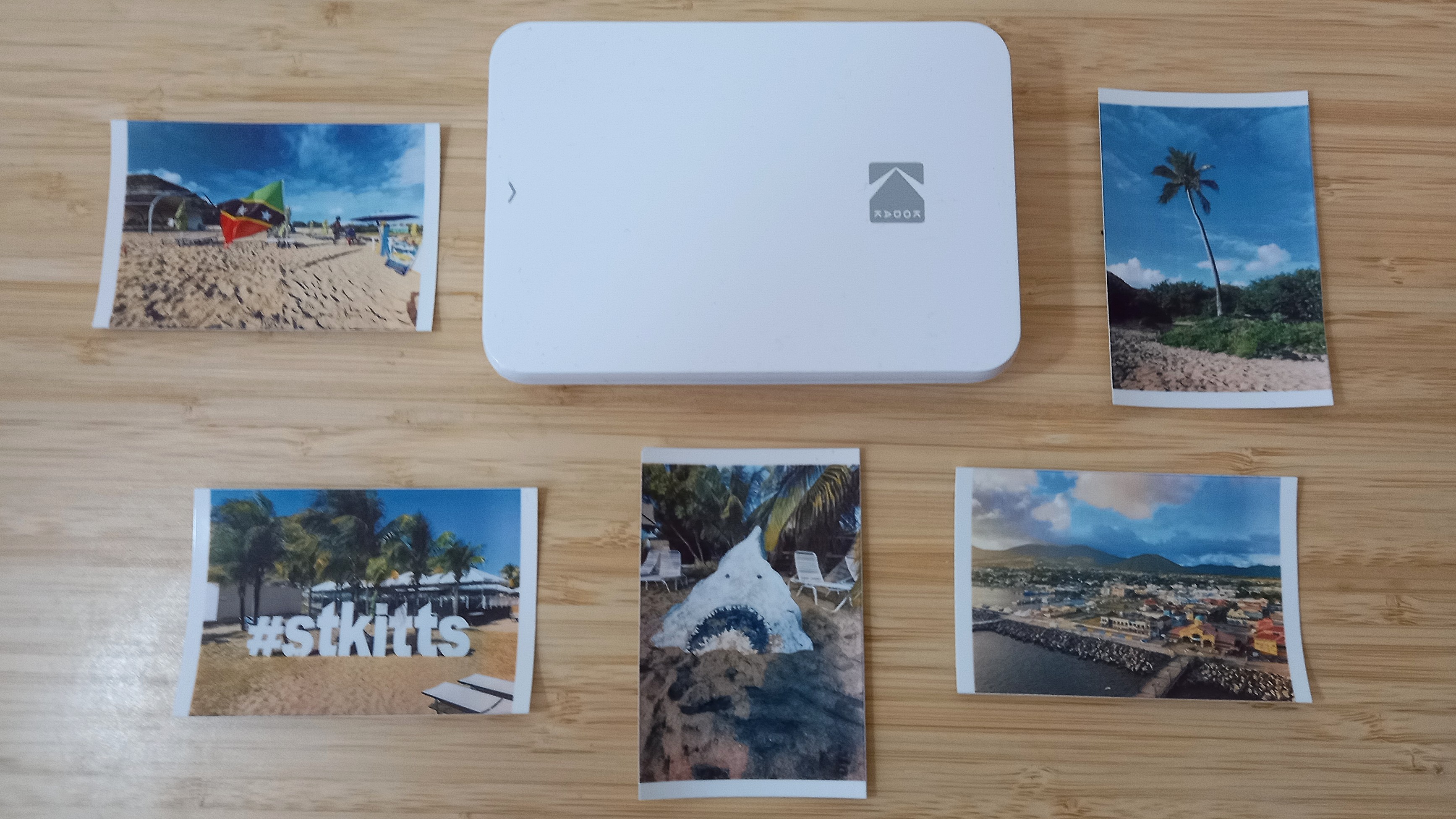
The Kodak Step Slim is well and truly a one-trick pony: you can use it to print 2 x 3 inch photos from your phone, and nothing else. So assuming you like the sound of this trick, is it worth buying?
The short answer is yes, as long as your main interest is portability: this is a very small and light device that really does merit the description 'pocket sized'. It's also easy to use, making it a good choice for young children, as well as adults who don't want to faff around too much.
The big downside is the picture quality, which is lower than what you'd expect from inkjet or dye-sub printers, although it stacks up fine against other Zink printers, not least its sibling, the Kodak Step. At time of press, that model costs about $10 / £10 less, but weighs a lot more (453g), so the main reason to spend extra on the Kodak Step Slim is to save weight in your bag: that's about all.
See also our guides to the best instant cameras, the best digital instant cameras, and the best iPhone printers
Tom May is a freelance writer and editor specializing in art, photography, design and travel. He has been editor of Professional Photography magazine, associate editor at Creative Bloq, and deputy editor at net magazine. He has also worked for a wide range of mainstream titles including The Sun, Radio Times, NME, T3, Heat, Company and Bella.
